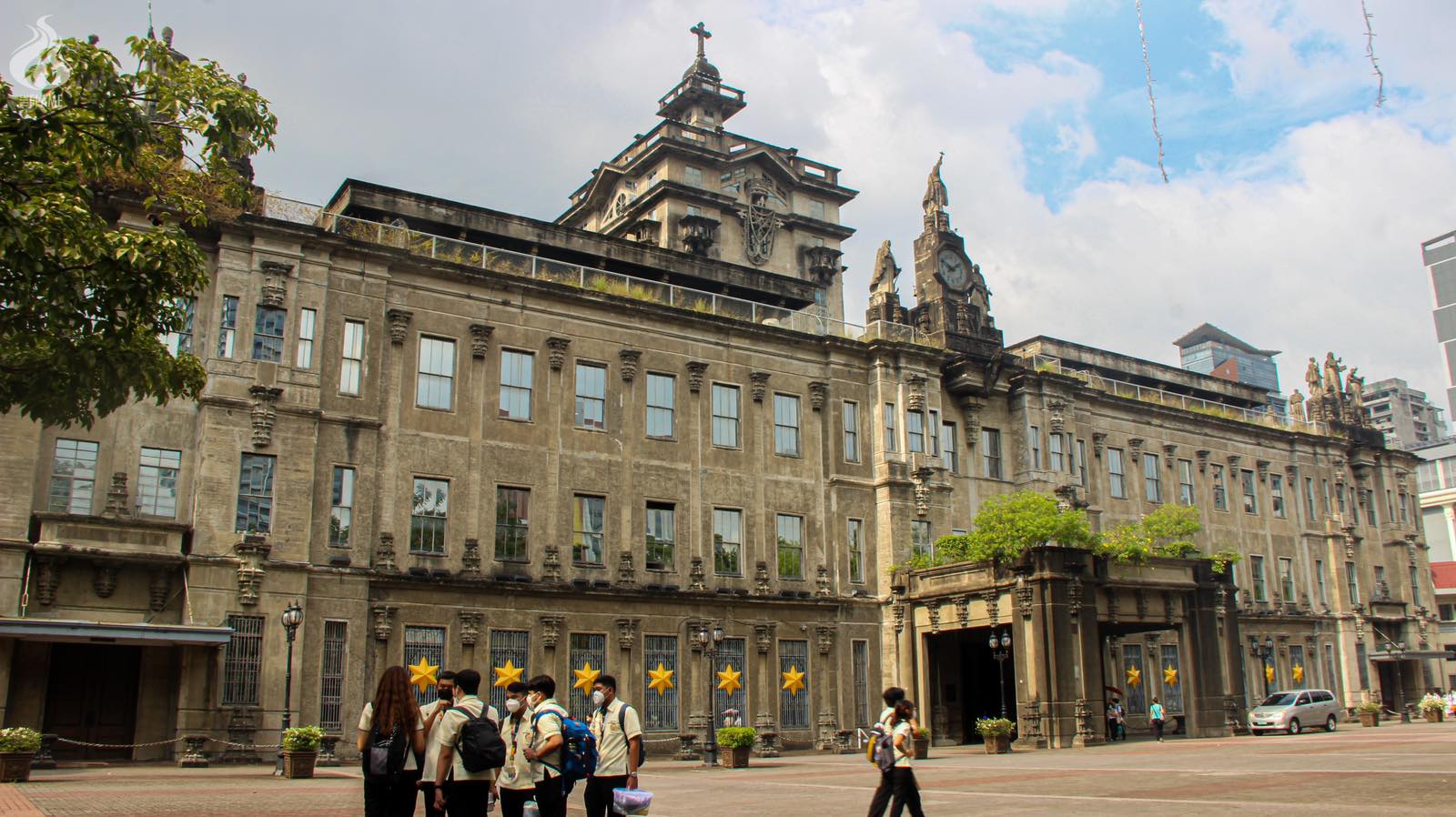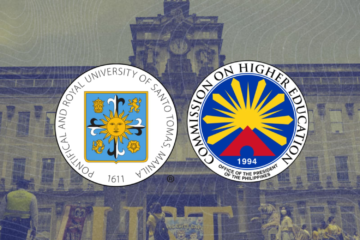
THE UNIVERSITY of Santo Tomas emerged as the second to the last among eight Philippine universities tagged as research-productive, a study by the Second Congressional Commission on Education (EDCOM II) showed.
The study of EDCOM II adopted the methodology of the Times Higher Education (THE) World University Rankings’ threshold for research productivity as of June 2023, where UST ranked seventh out of eight eligible local universities.
Last year, the University obtained an overall ranking of 1501+ in the 2024 THE World University Rankings after exceeding the 150-minimum number of published papers, the assessment’s eligibility criterion.
READ: ‘Reporter’ no more: UST obtains rank in THE World University Rankings for the first time
De La Salle University (DLSU) bested the other Philippine institutions in terms of highest Scopus paper production, followed by University of the Philippines Manila; UP Diliman (UPD); UP Los Baños; Mapua University; and Ateneo de Manila University (ADMU).
Among the eight educational institutions, UST only performed better than the Mindanao State University – Iligan Institute of Technology.
A university must publish at least 150 Scopus papers annually for successive five years to be considered research-productive. Scopus production is a proxy measure for assessing research publications, EDCOM II said.
The España-based university produced the most Scopus papers in the medicine field with 497 studies, followed by social sciences (230); agricultural and biological sciences (220), biochemistry, genetics and molecular biology (181); engineering (125); arts and humanities (114); computer science (114); immunology and microbiology (83); and physics and astronomy (71).
The commission narrowed down the eight universities to five schools deemed the first-tier comprehensive research-intensive higher education institutions (HEIs), where UST placed fourth. It lagged three schools cited within Metro Manila, namely UPD, DLSU and ADMU.
‘Below-average’
EDCOM II also reported that the Philippines has a “below-average” research production after the country had only ranked sixth among ten member countries of the Association of Southeast Asian Nations (ASEAN) in terms of the number of Scopus papers produced as of June last year.
Malaysia emerged as the ASEAN country with the highest Scopus papers produced, followed by Indonesia and Singapore.
According to the commission, the inadequacy in producing caliber research in universities continues to be the issue under “Priority Area 14” or graduate education, research and innovation.
“Without functional research universities and without a central plan on how to transition which of its selected HEIs (higher educational institutions) into such research universities, increasing the Philippines’ research productivity becomes a difficult task,” it said.
The policy research titled “Establishing Targeted Human Resource Development Partnerships between the Philippines’ First-Tier Research-Intensive HEIs and Second-Tier Research-Intensive SUCs (state universities and colleges)” was published by EDCOM II in partnership with DLSU.
Established in 2022 by the 18th Congress, EDCOM II is a Philippine commission that conducts a comprehensive evaluation of the country’s education sector. F – Carlo Jose Ruga




[…] for their consistent output of at least 150 Scopus-indexed papers annually over five years, a criterion based on the Times Higher Education World University Rankings […]